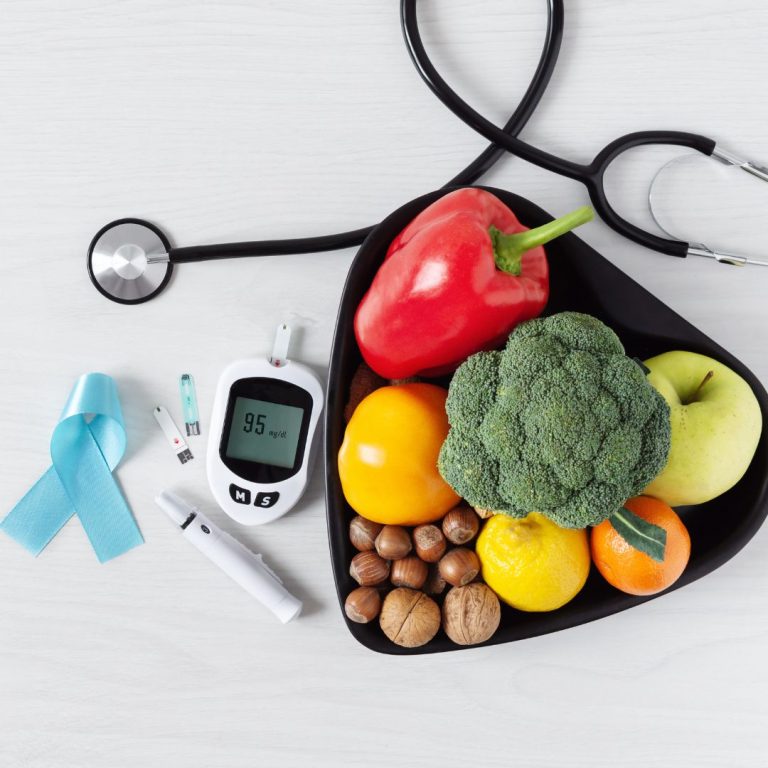
If You Are Pre-Diabetic, Can You Prevent Type II Diabetes?
Consider pre-diabetes your wake-up call. This is your body’s way of telling you that you are at risk for developing

Consider pre-diabetes your wake-up call. This is your body’s way of telling you that you are at risk for developing
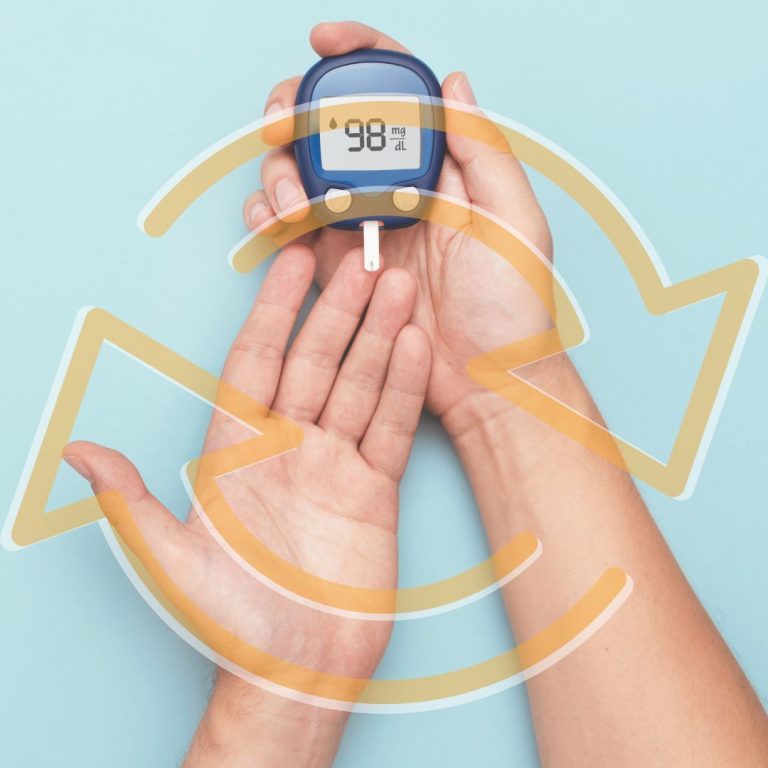
The Short Answer: No, There is No Cure—But It Can Be Put Into Remission Given that Type II diabetes is
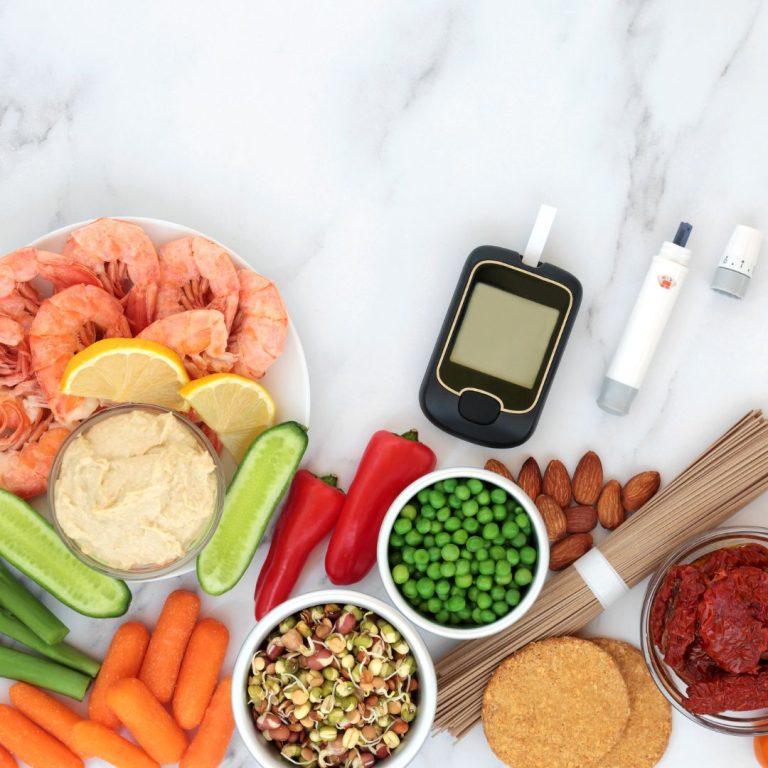
Anyone trying to manage a chronic illness or who is at all concerned with wellness will have encountered the concept
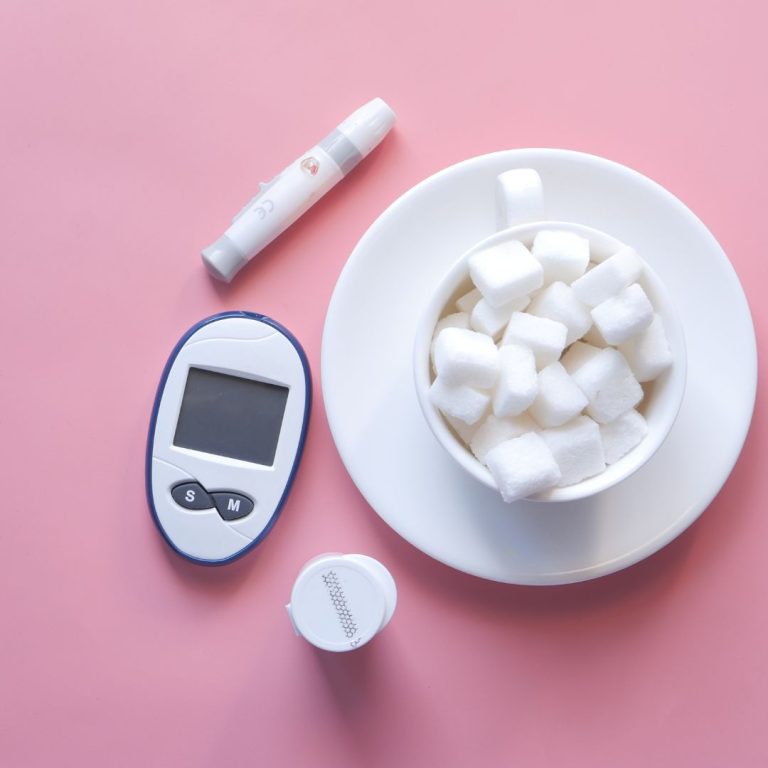
No doubt you’ve heard this before: diabetes is caused by sugar. Period. Turns out, it’s not that simple. Sure, sugar

As chronic conditions go, most of us are familiar with diabetes, along with the symptoms and risk associated with this

While no two pregnancies are alike, it’s fair to say that pregnancy in general is experienced with excitement, anticipation, and

No matter how busy you might be – and we’re all busy in this on-demand, digitized world – it’s important

You already know that sleep is a fundamental aspect of overall health and well-being, which can feel like a frustrating
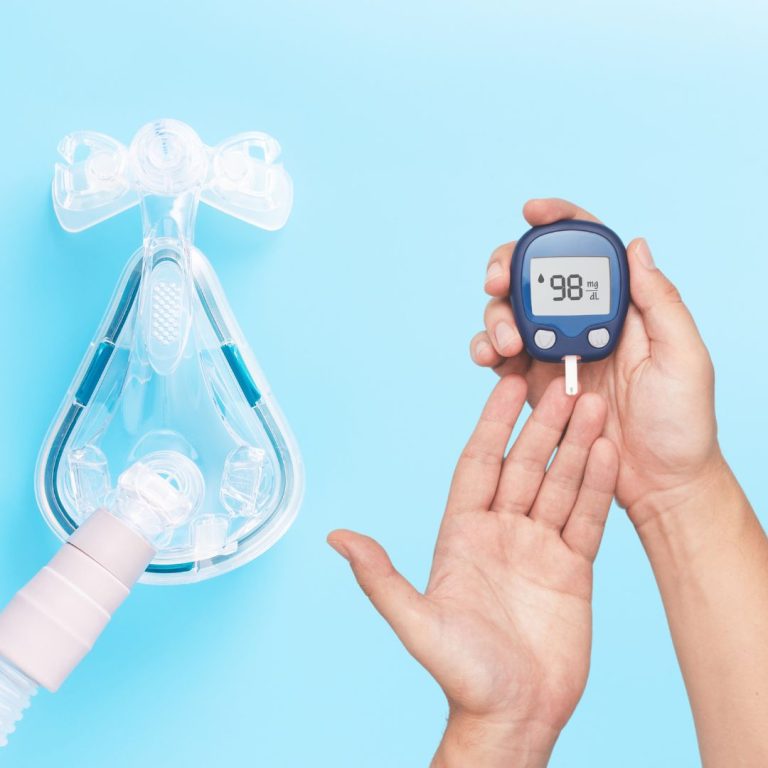
In addition to providing our clients with cutting-edge solutions and innovative tools, our team at Eastern MedTech believes in education.
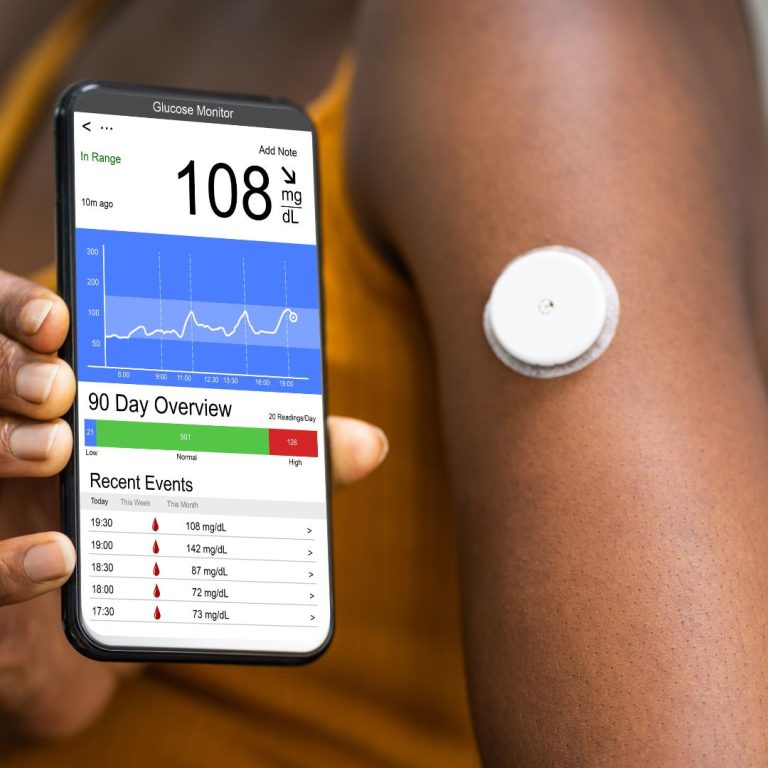
As you already know, managing diabetes effectively can be challenging, but advancements in technology are making it easier for individuals